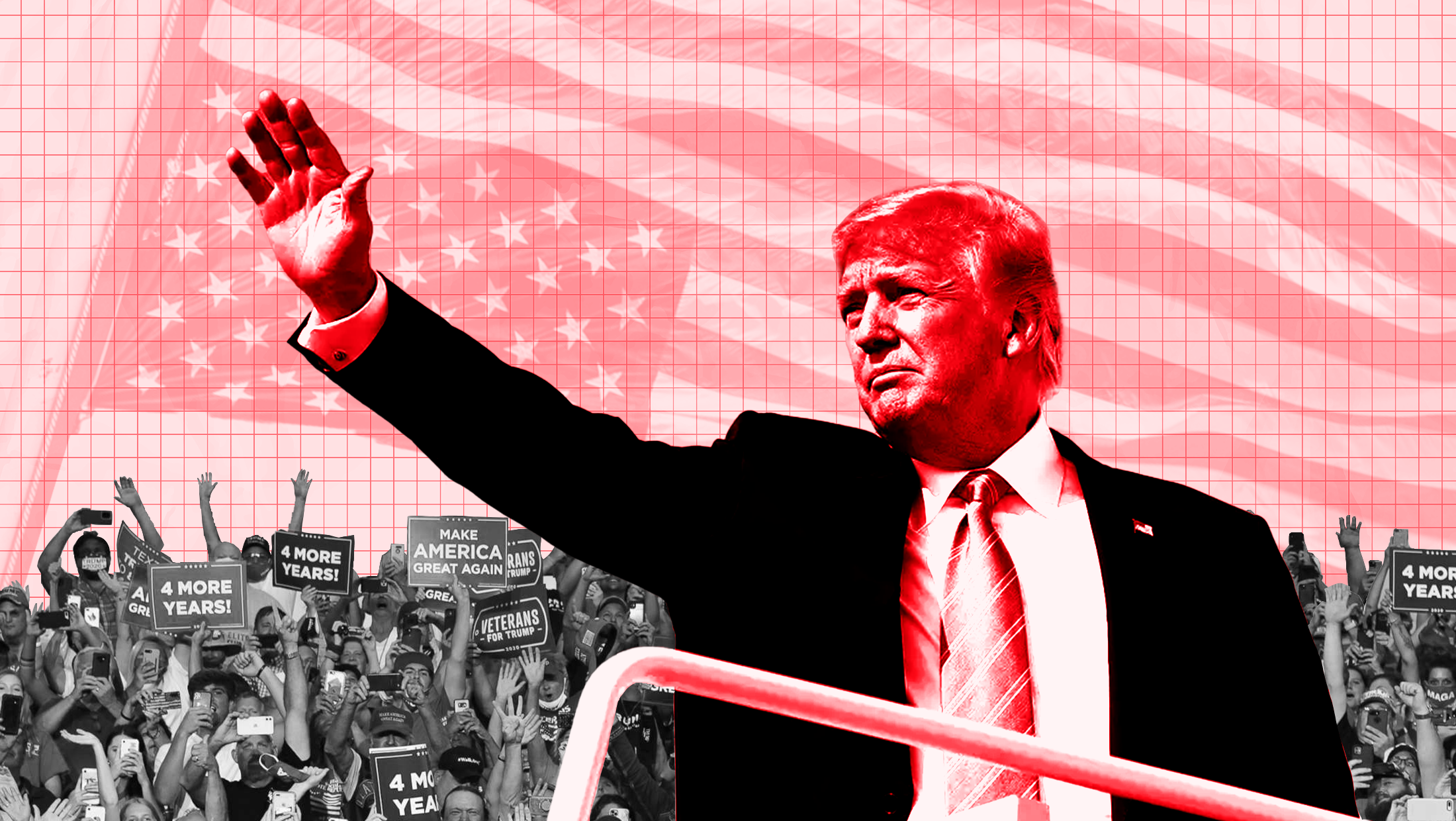Recent shifts in domestic policy under former President Donald Trump’s legislative initiatives have sparked renewed debate over how these changes could influence the lives of American workers. With policies touching multiple sectors—from taxation and manufacturing to healthcare and trade—the implications are far-reaching, affecting job security, wages, benefits, and the broader economic landscape.
Although some of these policies were initially designed to encourage growth and rejuvenate vital sectors, critics contend that the advantages have not been equitably shared, with some groups of workers experiencing restricted or varied results. Analyzing the impact of these extensive domestic reforms on the job landscape offers important insight into both the possibilities and obstacles confronting the American workforce today.
One of the key aspects of Trump’s national policy agenda was the Tax Cuts and Jobs Act (TCJA), passed in 2017. Publicized as a strategy to enhance corporate investment and promote job creation, this law substantially lowered corporate tax rates and offered temporary tax benefits for individuals. Supporters argued that decreasing the corporate tax rate from 35% to 21% would incentivize companies to reinvest in their businesses, resulting in new job opportunities and increased wages.
In the immediate future, various firms reported a rise in profits alongside a surge in expenditures on stock repurchases and shareholder dividends. Nevertheless, the anticipated impacts on salaries and the creation of jobs were not as significant as expected. Although unemployment numbers decreased throughout a considerable portion of Trump’s presidency, salary increases were fairly moderate, and a large part of the benefits seemed to favor investors more than the workforce.
Manufacturing, a key focus of Trump’s policy platform, was another area targeted for revitalization. Tariffs imposed on imports from countries such as China were designed to encourage domestic production and protect American industries from foreign competition. Although some sectors, including steel and aluminum, saw temporary boosts, the wider impact on manufacturing jobs was mixed.
Tariffs resulted in countermeasures from other countries, increasing expenses for U.S. manufacturers that depend on foreign parts. Consequently, certain sectors experienced greater unpredictability, supply chain interruptions, and elevated costs, which ultimately curtailed the beneficial impacts on job numbers within the manufacturing sector. In particular instances, smaller companies were especially burdened by these trade policies, finding it difficult to manage the rising costs.
Health policy was yet another sector targeted for major reforms by the Trump administration. While attempts to completely overturn the Affordable Care Act (ACA) did not succeed, important parts were modified, such as removing the penalty for the individual mandate. For workers in the United States, especially those in lower-paid positions or in sectors lacking robust employer-backed insurance, these alterations caused new difficulties.
Without the requirement, certain people chose to forgo health insurance, resulting in worries about increasing premiums for those still covered. Employees in smaller companies or who hold part-time positions might have faced more challenges in securing affordable medical care, adding to financial stress and health risk. Although some businesses gained from lessened regulatory burdens, the effect on employees underscored the fragile equilibrium between cutting costs and ensuring social well-being.
In terms of labor regulations, the Trump administration prioritized deregulation, aiming to reduce the compliance burden on businesses. This included scaling back worker protection rules in areas such as occupational safety, wage and hour enforcement, and collective bargaining rights. While some businesses applauded these efforts as a way to streamline operations and lower costs, labor advocates warned that weakened protections could leave workers vulnerable to exploitation and unsafe conditions.
The gig economy also came under the spotlight during this period. With the rise of app-based employment and freelance work, millions of Americans found new avenues for earning income. However, these non-traditional work arrangements often lacked the stability, benefits, and legal protections afforded to full-time employees. Efforts to redefine employment classifications were met with resistance, leaving many gig workers in a precarious position when it came to healthcare, retirement savings, and unemployment benefits.
Infrastructure investment was another significant aspect of Trump’s domestic policy strategy. Although extensive infrastructure bills were suggested, featuring grand schemes to renovate roads, bridges, and public utilities, a large portion of the suggested financing didn’t come to fruition during his presidency. For American laborers, especially in the construction and engineering industries, this meant a lost chance to generate stable, well-compensated employment through government-backed initiatives.
At the same time, immigration policy reforms introduced stricter regulations on both legal and undocumented immigration. These changes had an impact on industries reliant on immigrant labor, including agriculture, hospitality, and healthcare support. Tighter visa restrictions and enforcement led to labor shortages in some regions, affecting business operations and, in some cases, driving up costs for consumers.
The COVID-19 pandemic occurred in the last year of Trump’s presidency, acting as a significant challenge for the U.S. workforce and its existing domestic policies. Emergency assistance measures, such as the CARES Act, offered direct monetary aid to employees and enterprises, briefly mitigating the economic impact. Jobless benefits were increased, stimulus payments were given out, and loans to small enterprises supported numerous employers in remaining viable.
Nonetheless, the pandemic highlighted existing structural issues within the labor market, such as disparities in income, absence of compensated sick leave, and restricted availability of cost-effective healthcare—challenges that were present before the pandemic but were exacerbated by it. Employees in low-income, front-facing roles encountered increased threats, and numerous women, especially those with caregiving duties, were adversely impacted by unemployment and decreased work hours.
Looking ahead, the legacy of Trump’s domestic policy on American workers is likely to be viewed through a mixed lens. On one hand, certain industries benefited from reduced regulation and favorable tax treatment. On the other hand, the failure to address systemic labor issues, combined with short-term policy approaches, left many workers facing persistent insecurity.
Economic analysts emphasize that while tax cuts and deregulation can create a more business-friendly environment, sustainable job growth and worker well-being also require investment in education, healthcare, infrastructure, and social safety nets. The absence of comprehensive strategies in these areas has left gaps that subsequent administrations will need to address.
For workers, the key takeaways from this period include the importance of adaptability in a changing labor market, the need for updated worker protections in the gig economy, and the ongoing relevance of strong public infrastructure investment. Ensuring that economic gains are shared equitably across income groups remains a central challenge for policymakers.
The domestic policy impact under Trump presents a multifaceted picture, revealing significant changes that have simultaneously benefited and challenged American workers. Although certain companies saw temporary gains, the overarching aim of achieving comprehensive economic well-being and security for workers is still incomplete. As the U.S. continues to address economic unpredictability and changes in the labor market, the insights gained from this era will influence future policy choices focused on fostering a more inclusive and steady workforce.




